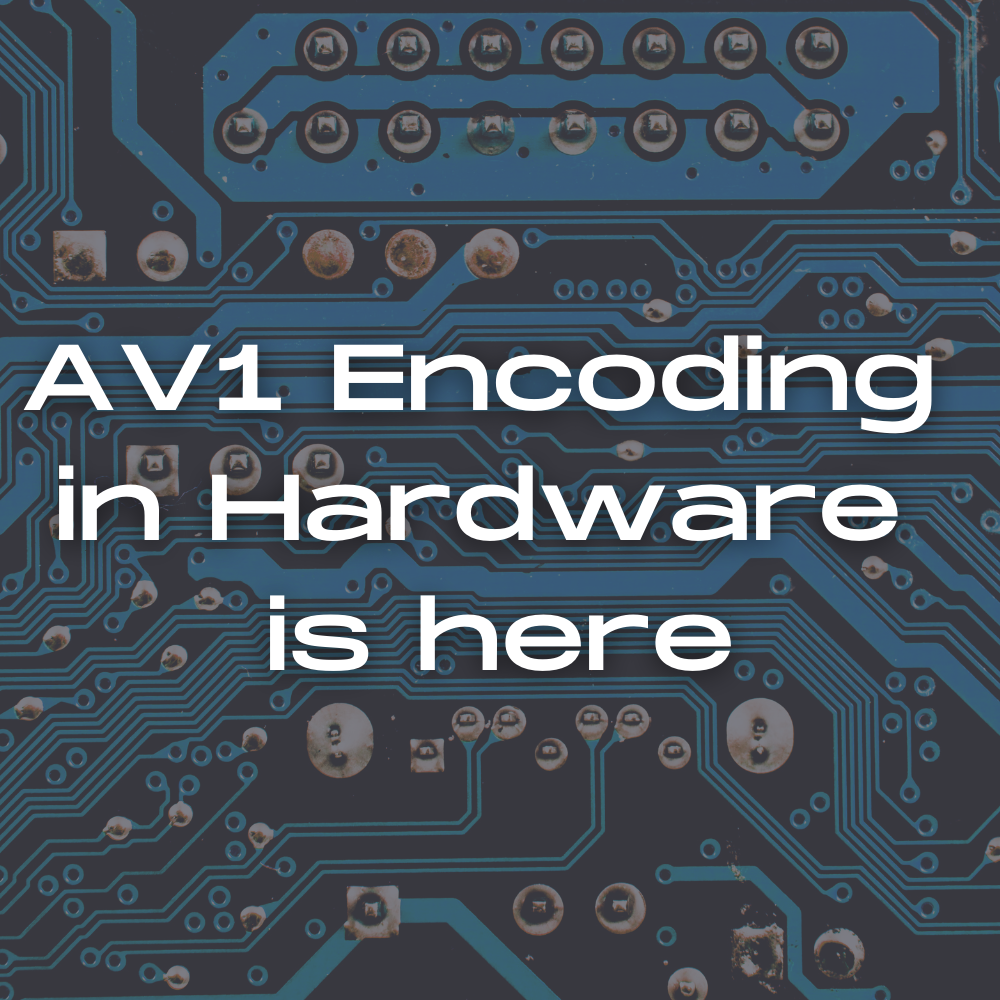
News and Updates

Check Out NETINT on The Video Insiders Podcast
We love ASICs and we are on a mission to switch the world from software-based to hardware-based video encoding.
CLICK HERE TO LISTEN TO THE PODCAST>>> https://lnkd.in/d7CMuwM
As video streaming moves from 1:n to 1:1 with applications like mobile cloud gaming, video conferencing, and WebRTC ultra-low latency messaging services, the density and power envelope required can only be met with silicon.
Our Co-Founder and COO, Alex Liu recently appeared on The Video Insiders podcast with Dror Gill and Mark Donnigan where he talked about the advantages of using ASICs in the data center for video encoding. Alex provided a preview of our second-generation Codensity G5 ASIC which supports AV1 encoding and AI acceleration.

PRESS RELEASE: NETINT joins The Alliance for Open Media
Read the full Press Release Here: https://hubs.ly/H0K58ZF0
The Alliance for Open Media announced that NETINT Technologies, an innovator of ASIC-based video processing solutions for low-latency video transcoding, has joined the organization at the Promoter level. As a member of the Alliance, NETINT Technologies will collaborate with AOMedia members, the leading internet and media technology companies, to advance open standards for media compression and delivery over the web while promoting hardware video encoding adoption.

PRESS RELEASE: NETINT Announces the World's First Commercially Available Hardware AV1 Encoder for the Data Center
Vancouver BC - March 16th, 2021. The move to advanced video codecs like AV1 has created a software squeeze as codec complexity is increasing faster than the performance optimization of software encoders. To counter this, NETINT Technologies announced today that it achieved a first for the video streaming industry by unveiling a family of ASIC-based AV1 encoders packaged in a 2.5" U.2 NVMe and PCIe Add-In-Card (AIC) form factor. This unique solution is designed for video operators unwilling to abandon their existing x86 or Arm-based servers in their quest to upgrade from software to hardware video encoding.

Whitepaper: Video Encoding in the Cloud with Arm
This whitepaper is an excellent resource to learn how by deploying Android in the cloud, mobile gaming applications can be virtualized to deliver a scalable and...

BITSTREAMS - The Hardware Encoding Community!
Want to be part of an exciting new online community for video encoding professionals?
